Daring gravity assist maneuvers in space
Ingenious maneuvers by missions to go over the Sun, chase a comet and sail using the Sun.
Traveling the vast distances of space isn’t cheap for a spacecraft. It costs time, fuel and money. Fortunately, nature offers free help along the way which mission designers are happy to take. Enter gravity assists.
In these maneuvers, a spacecraft exchanges momentum in a close encounter with a planet to gain or reduce velocity, as required for the mission. This saves time and cost, or even makes up for lack of technological abilities at times. If you want to know how gravity assists work, my explainer article has real mission examples, including how the twin Voyager spacecraft used Jupiter to be on a trajectory out of the solar system.
Gravity assists are regularly used in numerous interplanetary missions to propel spacecraft towards their destinations. This article takes a look at some of the lesser talked about gravity assists used by past space missions.
Studying the Sun from above
In 1990, NASA and ESA launched a joint mission called Ulysses to get the first ever look at our Sun’s poles. For that, the spacecraft would have to go out of the plane in which planets go around the Sun so it can look over the Sun.
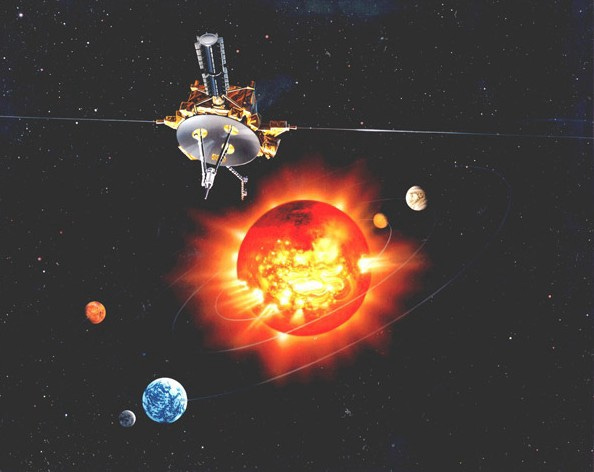
The only problem? No rocket in existence was, or is, capable of putting a spacecraft in an orbit with the required high inclination. The solution lay in the solar system’s most massive planet—Jupiter.
Much like how a close encounter with a planet can change a spacecraft’s velocity, as in the case of Voyagers, it can also change the spacecraft’s inclination. In 1992, mission operators has Ulysses pass closely over Jupiter’s north pole and the planet’s intense gravity bent the spacecraft’s trajectory southward. This put Ulysses in a solar orbit that would take it past the Sun’s north and south poles at an inclination of 80° compared to the orbital plane of the planets.
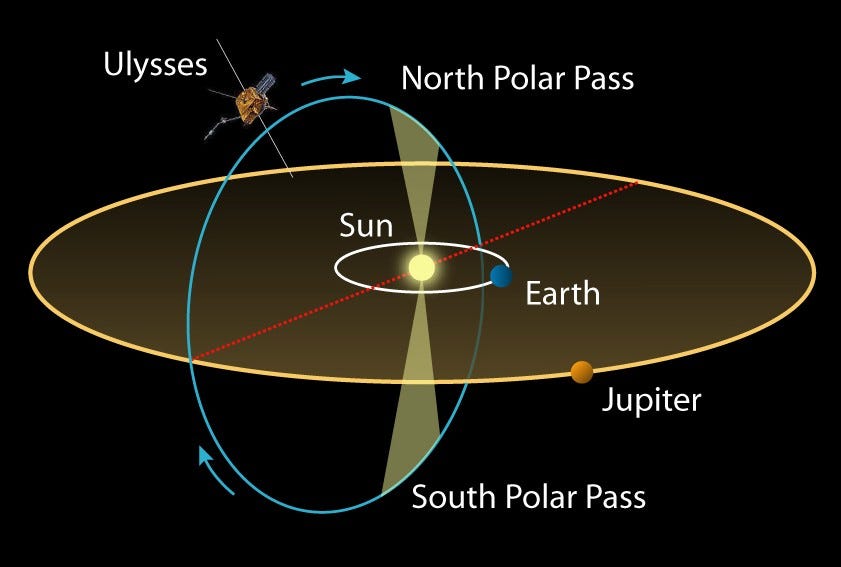
While Ulysses didn’t see the Sun’s poles like our eyes would because it lacked an optical camera, it did have other instruments which took various scientific measurements for 18 years. A standout discovery by Ulysses was that the Sun’s south pole is colder than its north pole. Ulysses also gave us first direct measurements of interstellar dust particles and helium atoms in the solar system. The spacecraft also unexpectedly found itself in gaseous tails of comets every now and then, achieving bonus science points.
The comet chaser’s “Billion Euro gamble”
ESA’s Rosetta spacecraft—the first to orbit a comet—extensively studied and monitored the elegant two-lobed comet named 67P. However, getting to comet 67P in the first place was an ordeal.
To rendezvous with the comet, Rosetta had to match its velocity. This was achieved using gravity assists around multiple solar system objects over 10 years.
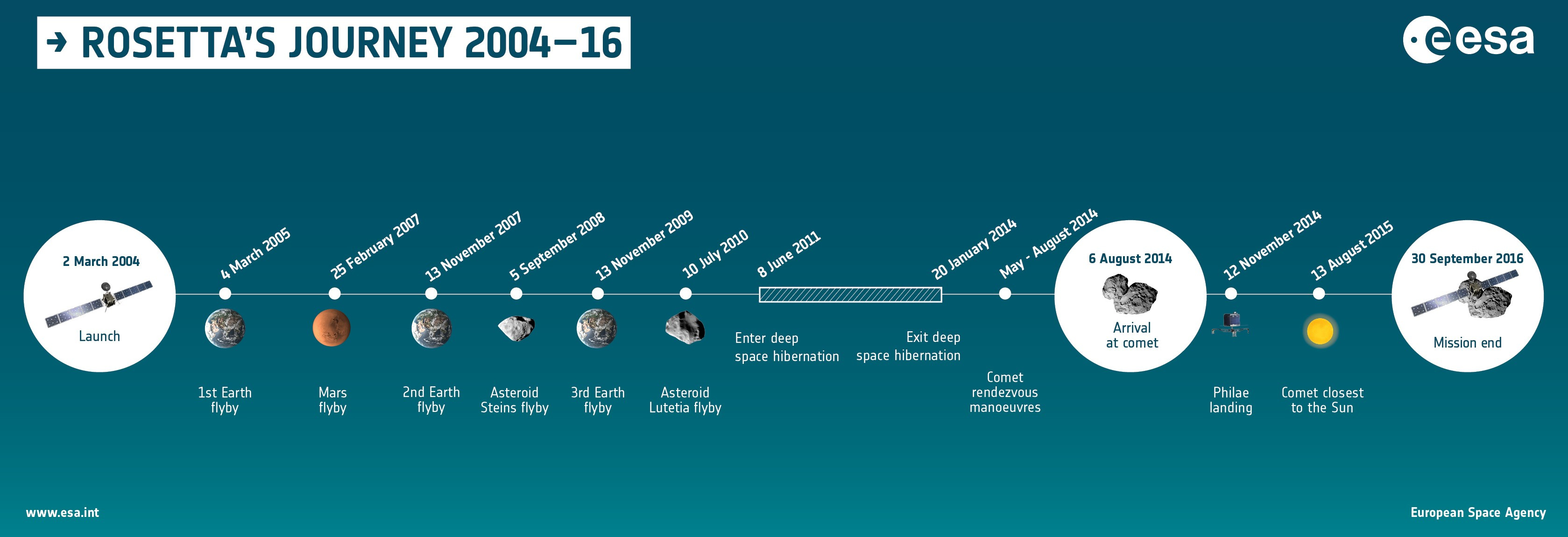
One of those maneuvers involved a low-altitude Mars flyby in 2007. It was risky as the spacecraft would pass a mere 250 kilometers above Mars. Further, during the maneuver, Rosetta would be in Mars’ shadow and would need to rely on the limited battery supply instead of solar panels for power. The risk was that the batteries weren’t designed for the task. So the mission operators put the spacecraft in standby mode and turned off communications to save power.
Ultimately, the Mars flyby proved successful and the spacecraft flew onward to its elusive target. This sweat-breaking maneuver came to be popularly known as “The Billion Euro gamble”. And we got a pretty Mars and Rosetta selfie.
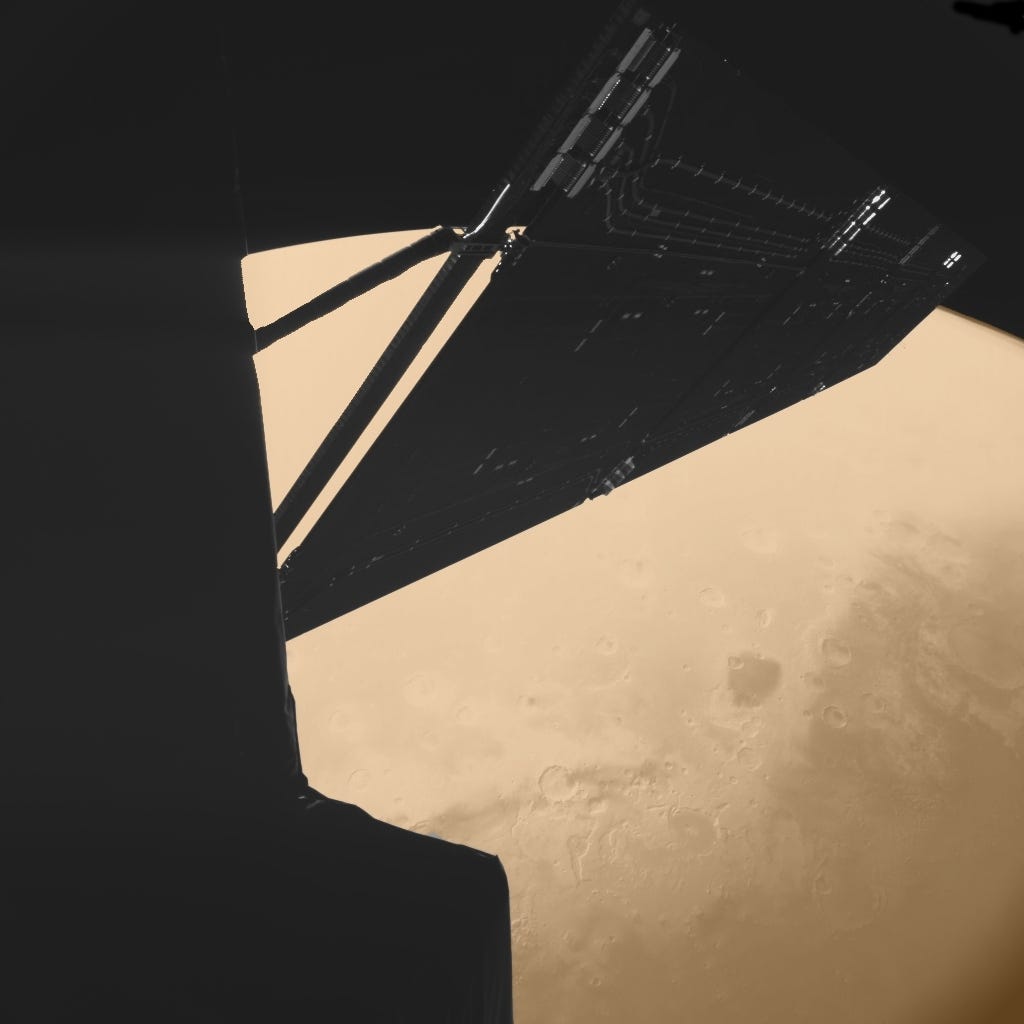
Using the Sun to sail
NASA’s MESSENGER spacecraft was the first ever to orbit Mercury. It was not without its challenges.
Since Mercury lies fairly close to the Sun, any spacecraft on a direct trajectory to the planet is accelerated by the Sun. If MESSENGER had done the same, it would reach Mercury with too high a velocity to get into the planet’s orbit without use of excessive fuel, which is limited. The spacecraft cannot use aerobraking either since Mercury lacks an atmosphere, which is not the case with Venus or Mars.
Gravity assists were again a savior. Mission designers opted for MESSENGER to perform multiple reverse gravity assists––one around Earth, two around Venus and three around Mercury––to slow itself down and ultimately have Mercury capture it in orbit.
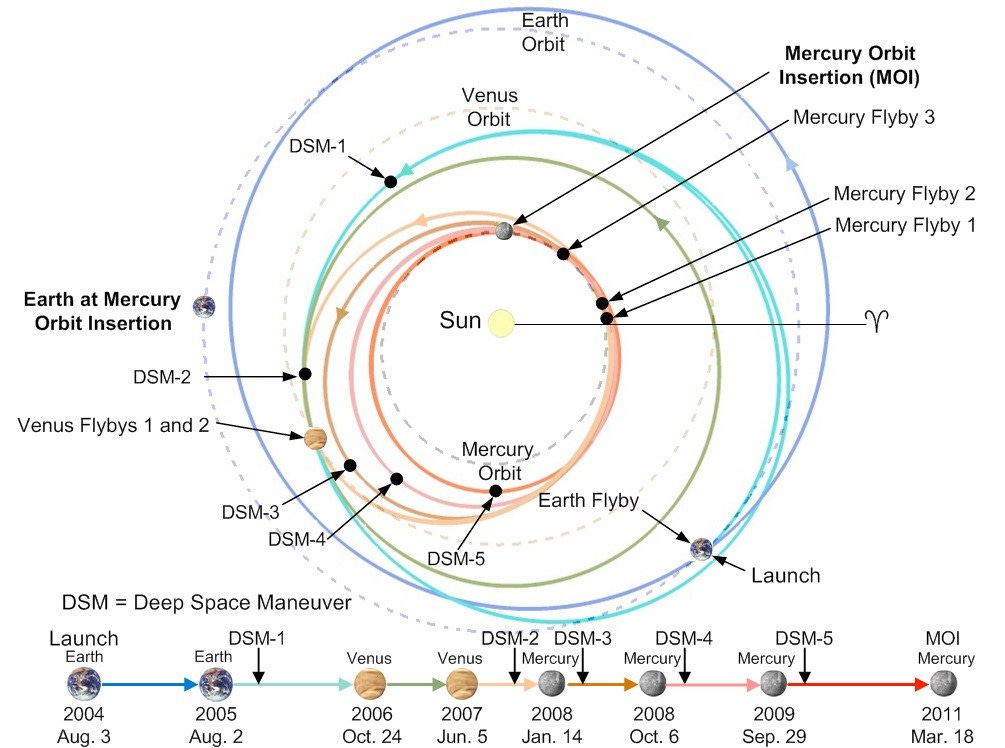
It was critical to have high precision in all the flybys. Flying too close could crash the spacecraft into the planet and flying too high would require excess use of fuel. Either way, getting off target could affect the mission in critical ways.
The solution engineers came up with was to use the Sun’s radiation pressure. Much like how wind can help a boat navigate, solar radiation can help a spacecraft maneuver.
Solar radiation at Earth is not intense enough to exert enough pressure to move a spacecraft in significant ways, though The Planetary Society’s LightSail 2 is certainly innovating in this department. However, Mercury is much closer to the Sun. Since radiation pressure increases by the inverse square law, its effects are about seven times more powerful at Mercury than Earth. This made solar sailing a viable option for MESSENGER.
When passing by Mercury in all of its flybys, engineers sent commands to MESSENGER to align its solar panels in a manner that the radiation pressure can slow down the spacecraft. By solar sailing at just the right angles, the MESSENGER team eliminated the need to use fuel in all flybys without sacrificing accuracy. Reserved fuel was used to increase mission lifetime and get all the fantastic science at Mercury.
MESSENGER was the first spacecraft to successfully use solar sailing as a fuel-free trajectory control method for planetary flybys. For those interested in the nerdy details, the MESSENGER team published a paper on the maneuvers.
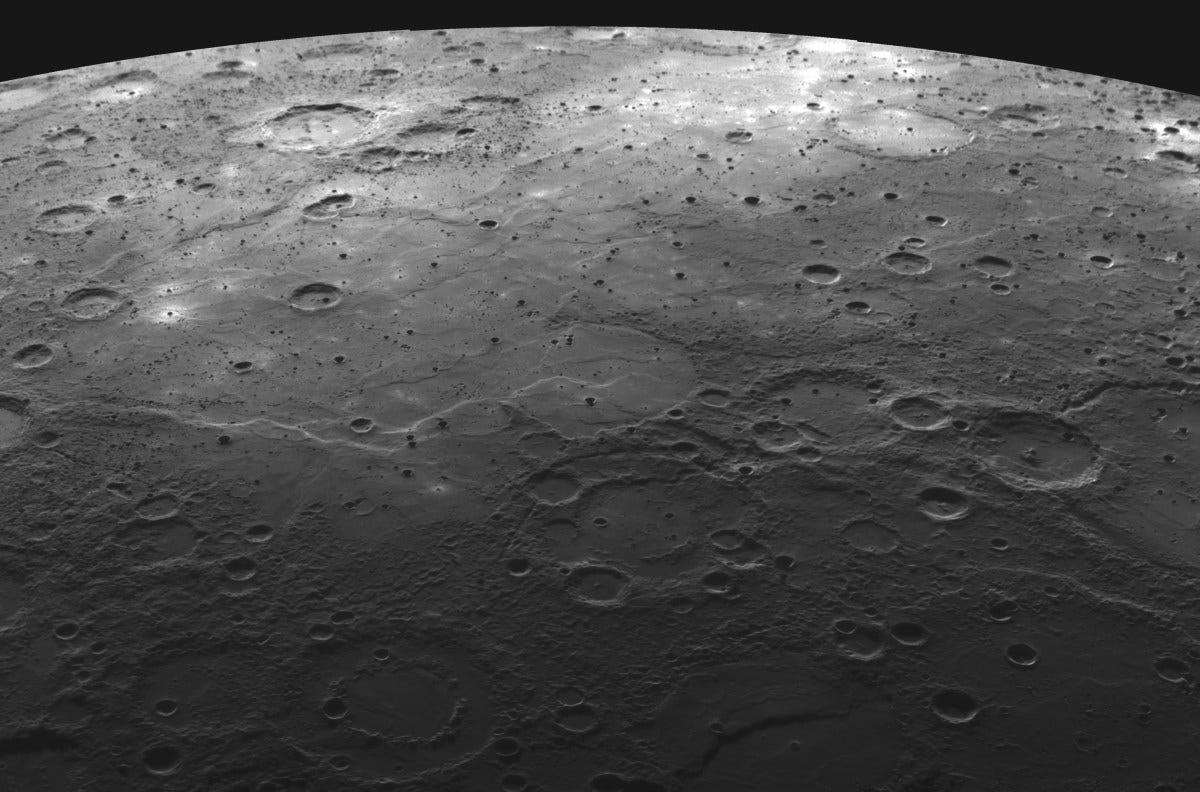
Do you know of more such crazy orbital maneuvers by any space missions?
Thank you Epsilon3 for supporting me and powering this article.
